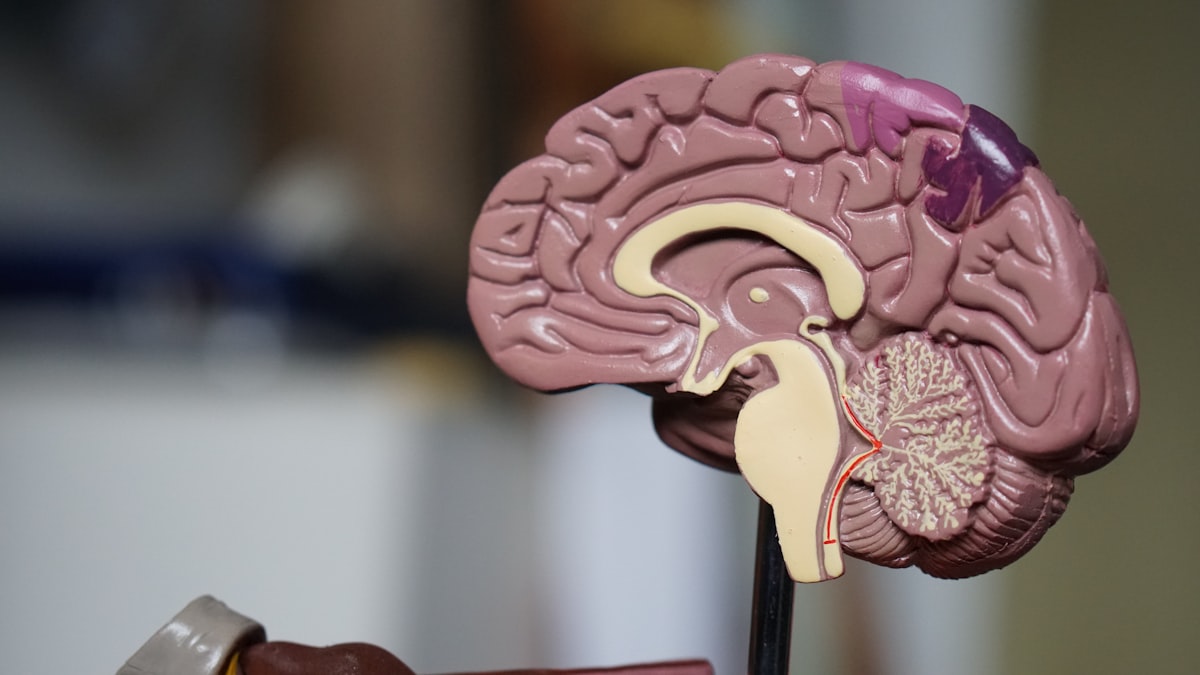The Nervous System

The nervous system helps all animals and humans feel, see, and taste the world around them. The nervous system is made of a few organs:
- The Brain is at the top of the body in the head. It receives information from all the nerves that tell it about the environment that it is in. It then sends orders to the body on what to do according to the information.
- The Spine is in our body's back. Its purpose is to defend the spinal cord (a cord made of cells connected to the nerves for giving and getting commands) and to give a shape to our bodies.
- The Nerves are like little sensors that detect what is happening, they are scattered throughout the body. For example, while I am typing on my keyboard, each time I hit a key a nerve specialized in touch activates, sending a signal to my brain.
The nerves use sensory receptors (specialized cells for touching, tasting, hearing, smelling, seeing) for us to detect signals from all around us. The signals are called stimuli. There are three types of stimuli:
- Mechanical stimuli are associated with physical actions, such as touching a keyboard, or hearing music.
- Chemical stimuli are associated with tasting and smelling things. These are responsible for transmitting the magnificent taste of steak or the putrid stench of mold to your brain.
- Electromagnetic stimuli are associated with the perception of light. These stimuli are transmitted to our brains through the cells specialized with sight.




